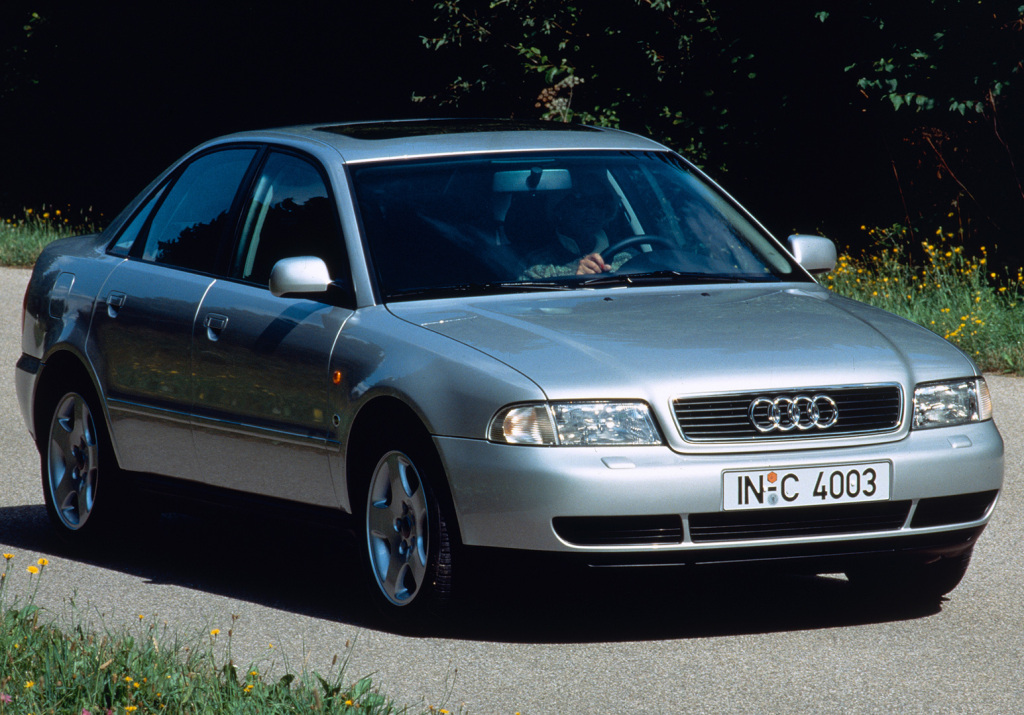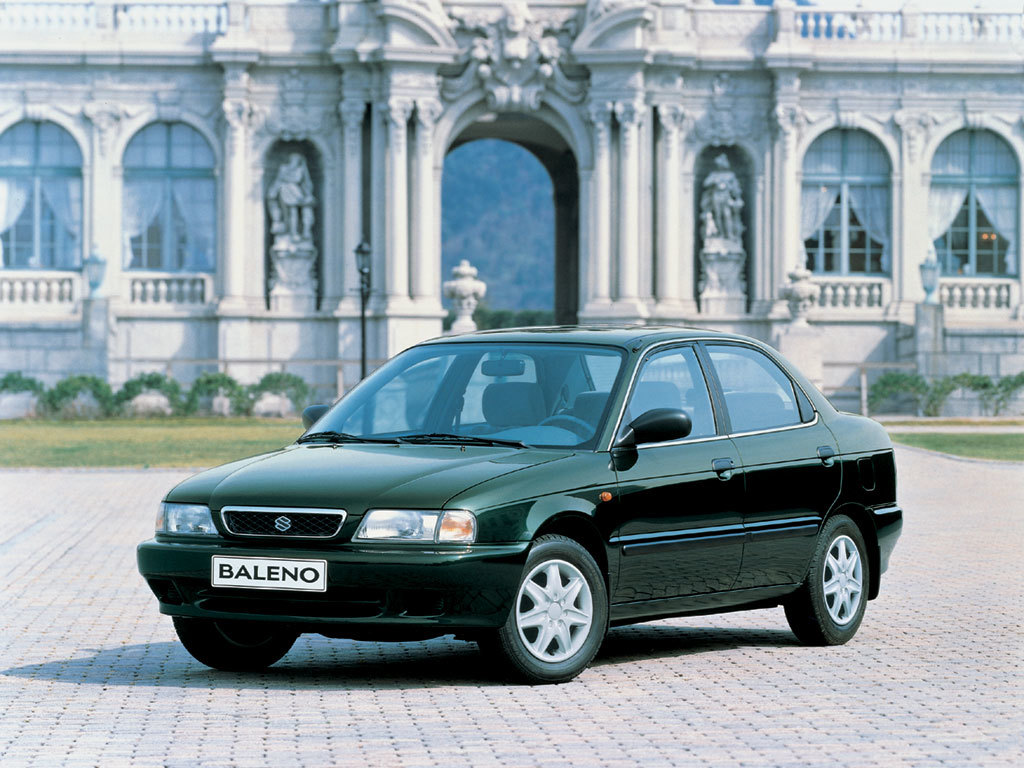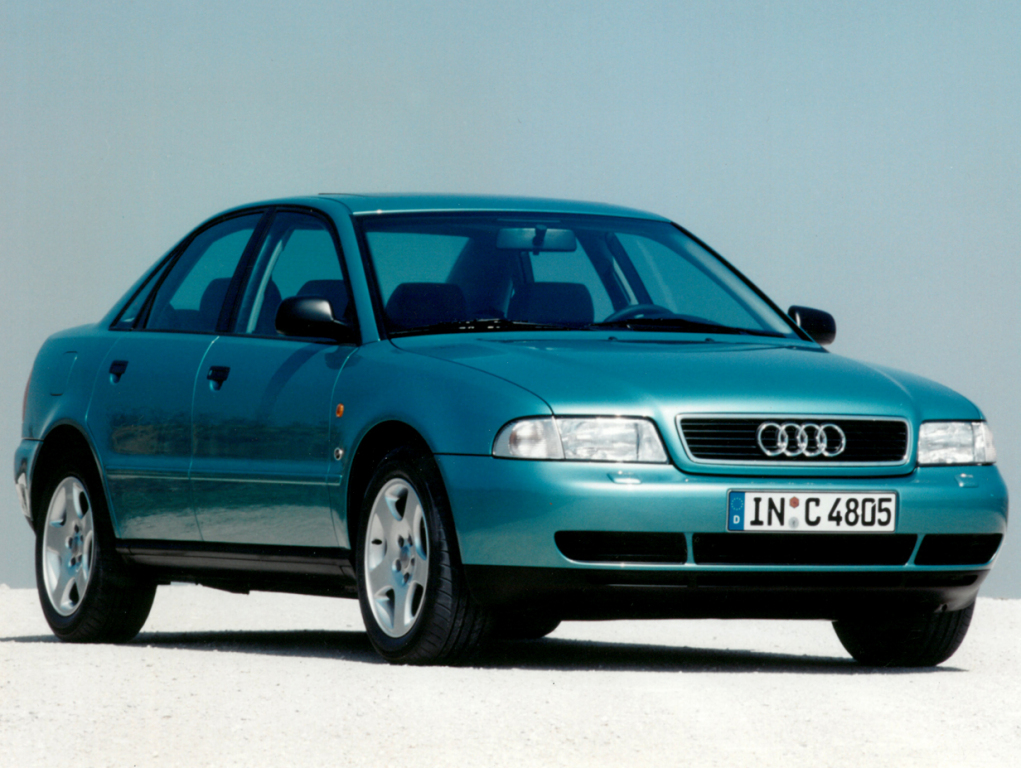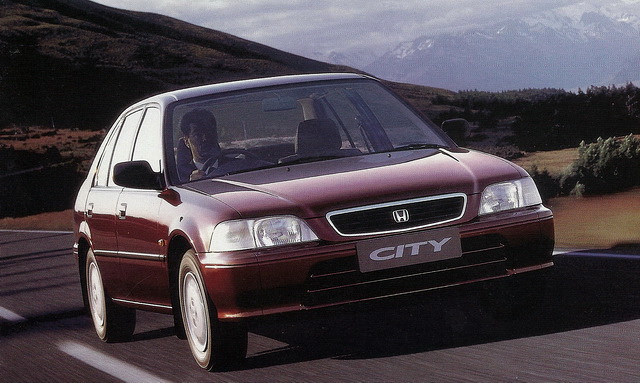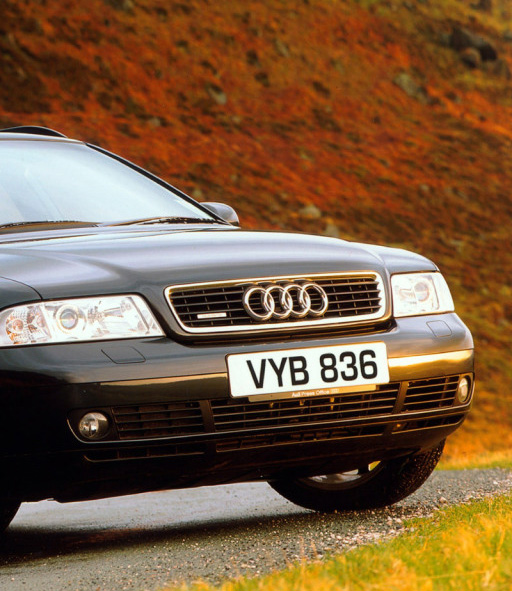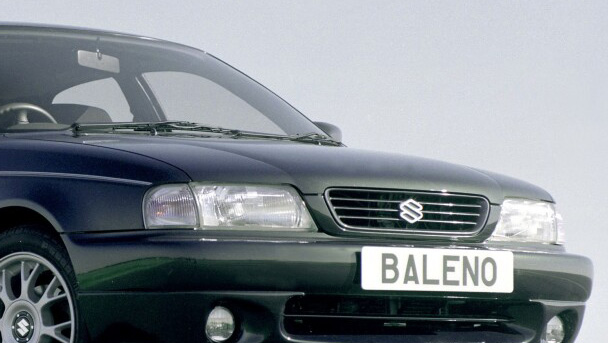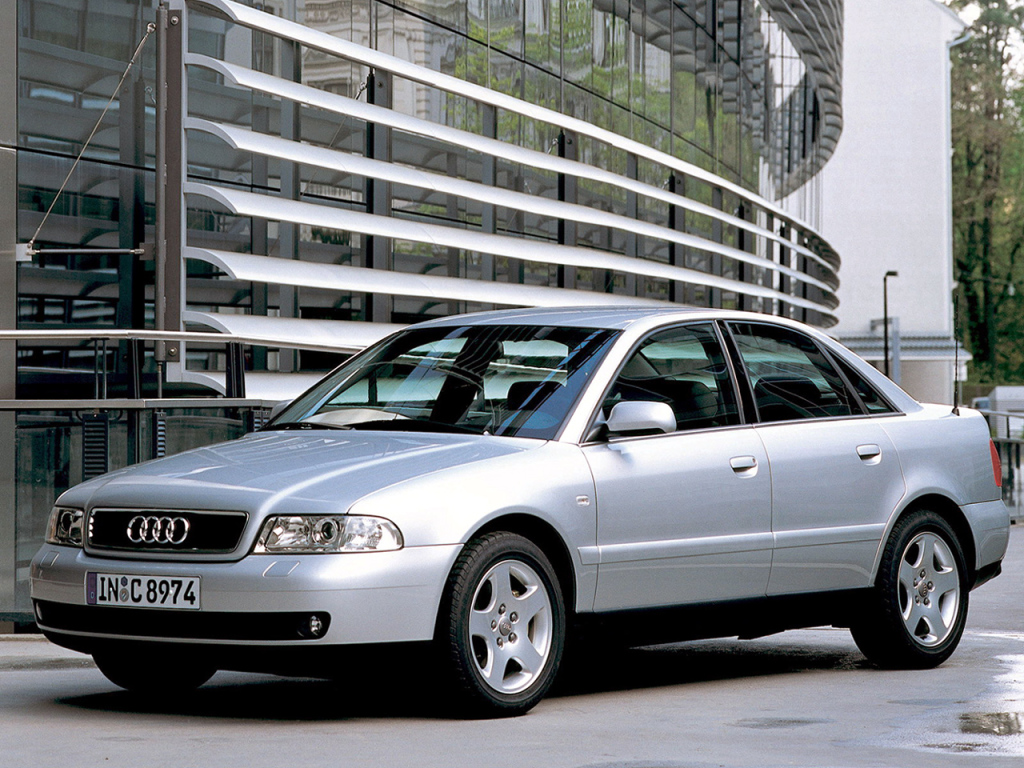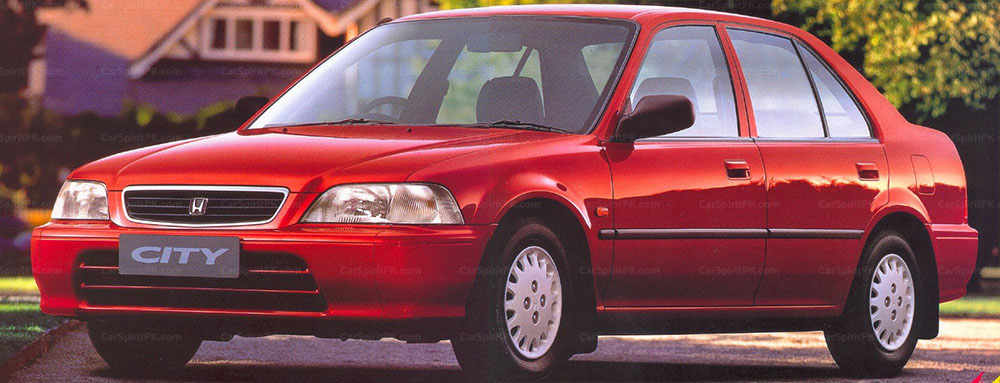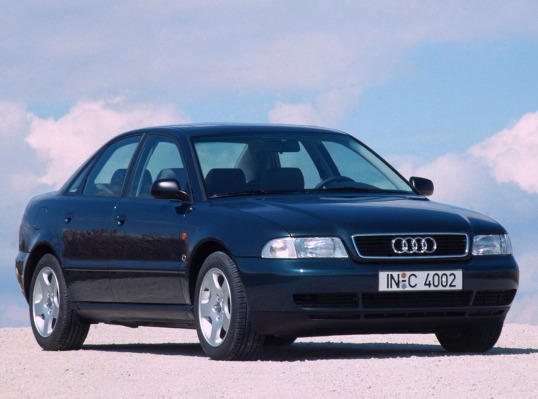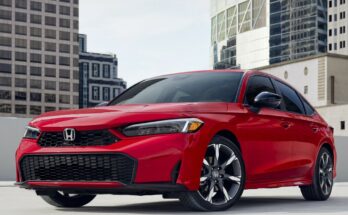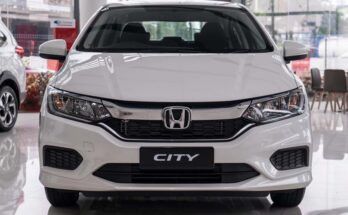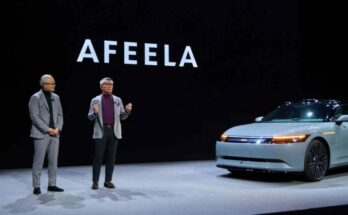Recently renowned Sri Lankan cricketer Sanath Jayasuriya shared an image on his social profile which went viral over the internet.
Sanath shared a picture of himself posing with his Audi A4, which he received as the “Man of the Series” award for his outstanding performance in the 1996 Cricket World Cup which Sri Lanka went on to win. Now 27 years later, Jayasuriya posed again with the same car which he still has.
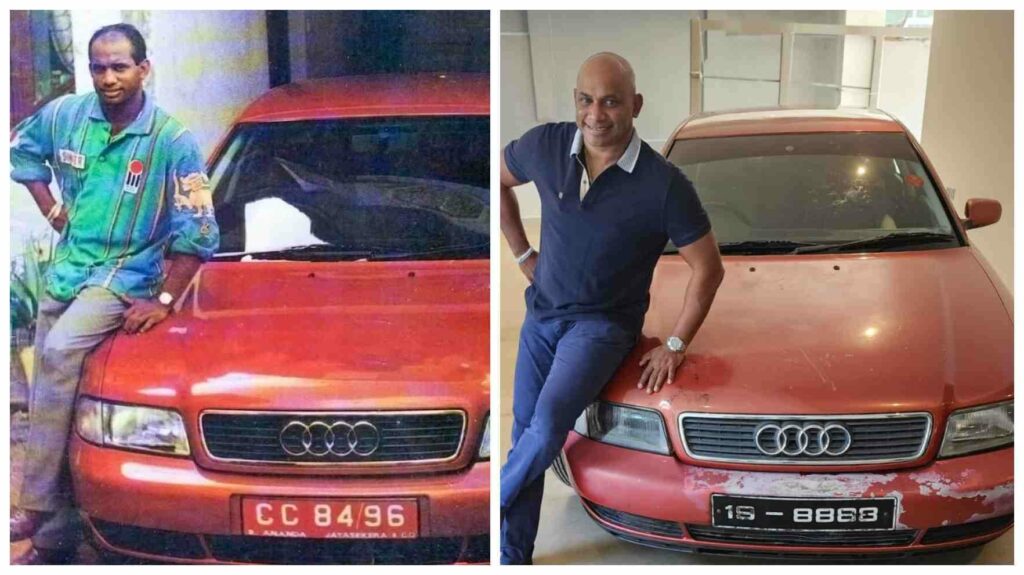
What caught my attention was the fact that at first glance, I thought it was a 1996 Honda City SX8. Stark similarities include the bonnet design, a very similar pair of headlamps, and an identical horizontally slatted grille with chrome surrounds make the City SX8 very much similar to the Audi A4. Don’t believe me? Just look at the picture below, I just placed an image of a Honda City SX8 (similar angle) on top of that Audi A4, and it’s in fact a perfect fit!
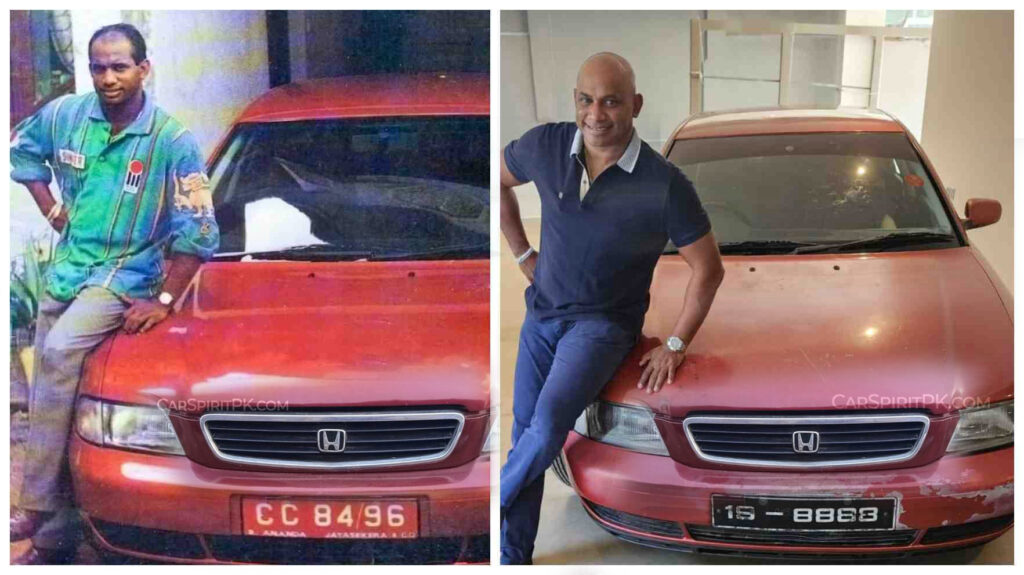
This highlights how Japanese automobile designs have consistently drawn significant inspiration from European car design trends, as rightly discussed in our earlier article.
Related: Is “Copying” the Key to Success?
The Audi A4 awarded to Sanath Jayasuriya was the first generation B5 (Typ 8D) series model which debuted in October 1994, hardly 15 months before the Honda City SX8 debuted in January 1996. But not only the Honda City SX8 was influenced by the Audi A4; the first-generation Baleno, which made its debut in early 1995, also used comparable design cues for its fascia.
Similarities between Audi A4, Honda City SX8, and Suzuki Baleno
This highlights the fact that European automotive designs have remained quite distinctive, whereas most Japanese styling, even today, is highly influenced by the West. And because of the fact that so many renowned European vehicle designers have now been employed by Chinese automakers, leaving Japanese styling in the dust, these Chinese automobile designs currently seem significantly better (and more creative) than Japanese ones.
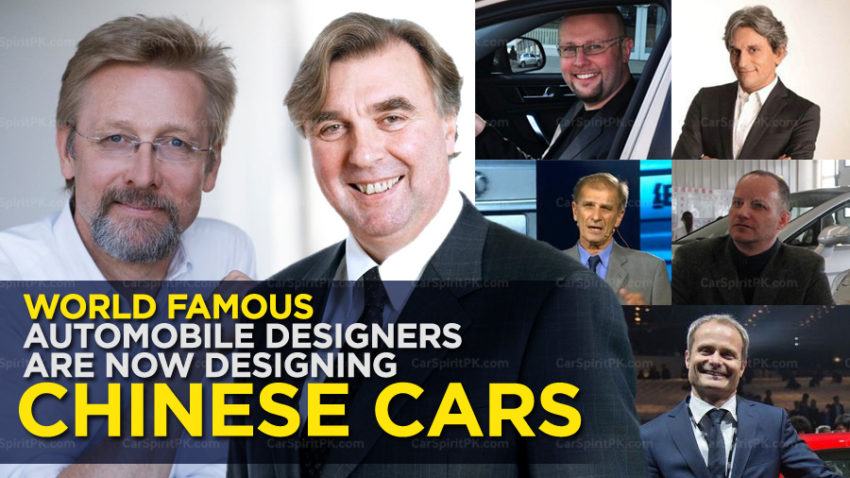
Kevin Price of BMW is now working for Chery, Wolfgang Egger of Audi now heads the BYD design dept, JuanMa López, who is a former head of exterior design at Ferrari & has worked for Lamborghini & Audi now works for BYD, Peter Horbury of Volvo lead Geely, Michele Jauch-Paganetti is the chief interior design director at BYD, he was previously employed by Mercedes-Benz as the head of the design, Former Rolls Royce Director of Design, Giles Taylor now works for FAW, Peter Arcadipane who formerly designed Mercedes cars now works for BAIC, former Porsche designer Hakan Saracoglu is now associated with Chery, Andreas Deufel transitioned from Daimler to GWM (Great Wall Motors), Dimitri Vicedomini joined Brilliance Auto having previously worked for Pininfarina, Chris Bangle who was responsible for the BMW, MINI, and Rolls-Royce car designs is now associated with Changan and Fillip Perini from Italdesign to FAW are just some of the Western names behind producing stunning Chinese car designs today.
Related: Suzuki Ciaz or Honda City- Who Copied Whom?
Coming back to the Japanese imitation of European car designs, a similar inspired attempt by Honda and Suzuki was evident in the case of 6th gen City and Ciaz where the tail lights of the two sedans share a stark resemblance to each other. In reality, however, both were allegedly inspired by the very European BMW M5 sedan from 2013. Even the current generation Honda Civic has its tail lights very much inspired by Audi.
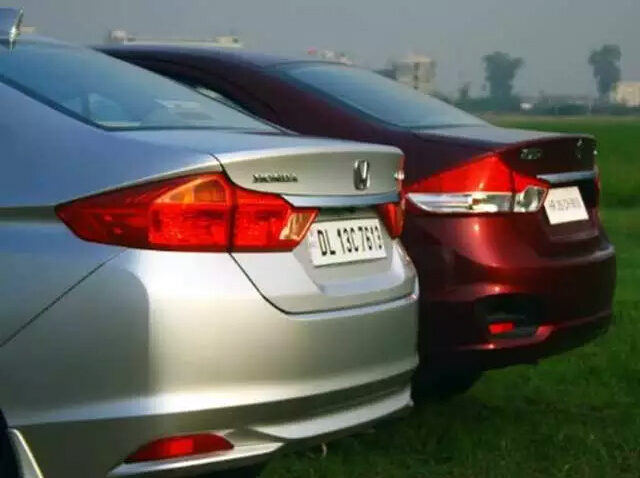
It is perhaps quite easy to conclude that European car designs have always set the tone for vehicle design trends that act as an inspiration for the global auto industry.

A computer animation professional with over 23 years of industry experience having served in leading organizations, TV channels & production facilities in Pakistan. An avid car enthusiast and petrolhead with an affection to deliver quality content to help shape opinions. Formerly written for PakWheels as well as major publications including Dawn. Founder of CarSpiritPK.com

